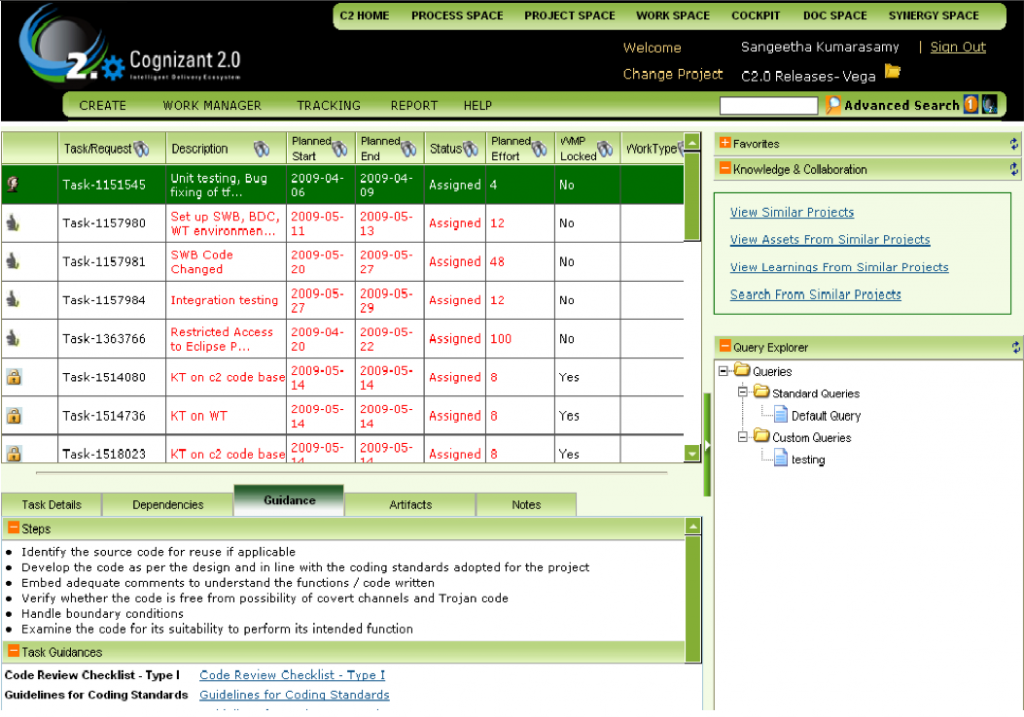 Over the past few months I’ve begun to reflect upon how I arrived here at the intersection of process and innovation in the Enterprise. It occurred to me that everything I learned as a researcher, a writer, and an industry observer in the services provider space (my pre-Internet career) now had great bearing on what I was seeing in the Enterprise as a result of the pace of disruptive technologies impacting the market. The question that kept re-emerging for me was: how are rigidly defined business processes that were hammered out in the 90s reconfiguring to adapt to better, faster, more efficient ways of meeting customer needs? Even more puzzling is, if my friend Josh’s old joke is correct, “SAP is like pouring concrete into a company,” how are large enterprises dismantling foundational ERP systems to include disruptive technologies? After all, no 21st Century business can stand to stay frozen in the past. Even SAP itself is retooling to provide greater flexibility and real-time actions and insights with its HANA in-memory database and its JAM social platform.
Over the past few months I’ve begun to reflect upon how I arrived here at the intersection of process and innovation in the Enterprise. It occurred to me that everything I learned as a researcher, a writer, and an industry observer in the services provider space (my pre-Internet career) now had great bearing on what I was seeing in the Enterprise as a result of the pace of disruptive technologies impacting the market. The question that kept re-emerging for me was: how are rigidly defined business processes that were hammered out in the 90s reconfiguring to adapt to better, faster, more efficient ways of meeting customer needs? Even more puzzling is, if my friend Josh’s old joke is correct, “SAP is like pouring concrete into a company,” how are large enterprises dismantling foundational ERP systems to include disruptive technologies? After all, no 21st Century business can stand to stay frozen in the past. Even SAP itself is retooling to provide greater flexibility and real-time actions and insights with its HANA in-memory database and its JAM social platform.
This big question has been vexing me for a while, so I asked my friend and fellow Enterprise Irregular, Phil Fersht at HfS Research, if he’d be interested in an exploratory study to see how BPO providers and consultants are responding to new advances in mobile, social, the Internet of things– all new capabilities that were not present when the majority of institutional business processes were “cemented” into the Enterprise. I’ve seen evidence of several companies who’ve been introducing social, in particular, to provide greater value to customers. Of course, some of the best examples are coming from platform vendors themselves such as this post, “Enterprise Social is about Business Process Redesign” by CEO Michael Idinopulos at Socialtext. But, I’ve seen other examples such as Deloitte’s work in this area explained in this post, “Social Reengineering by Design,” and even examples about how large consulting firms are changing their own internal processes as a result of new ways of working, as evidenced by this post, “Spark – taking Collaboration and Corporate Social Networking to a new Level at PwC.” Luckily, Phil agreed this is an area definitely worth pursuing, so we’ve kicked the study off this week. We’re compiling data and hope to publish results in the early May timeframe.
I’m really happy to be working in this area that combines my long history of covering the traditional outsourcing sector with my area of interest for this current iteration of my career in next generation technologies. Phil has done an amazing job with HfS Research, too, so I’m proud to be contributing to their strong brand in the market. HfS was recently named one of the leading analyst firms in a formidable field of competitors. Last week, I paid a visit to my longtime business advisor Mort Meyersen, who is an icon in the outsourcing field having helped build EDS and then Perot Systems. It feels good to be back among old friends, mashing up what I’ve been learning from new friends.
I will be working hard on this study for the next few months, but also working on the startup we announced a few weeks ago, Change Agents Worldwide. So, busy, busy, but really having fun. Hope to see some of you at SXSW, but I will be hunkered down and only getting out to a few of the evening events. Please keep up with me on Foursquare if you’d like to connect while you’re here in Austin.





